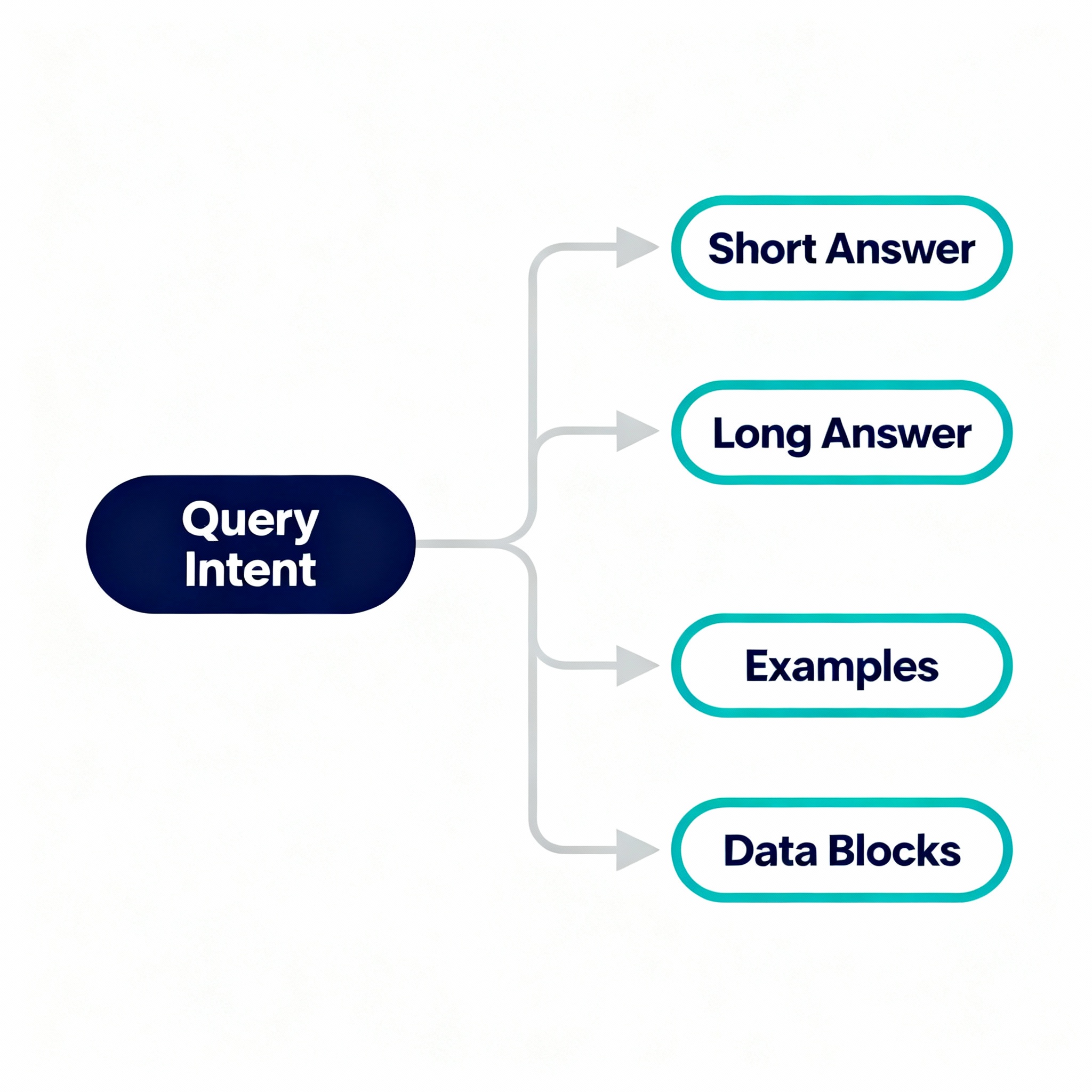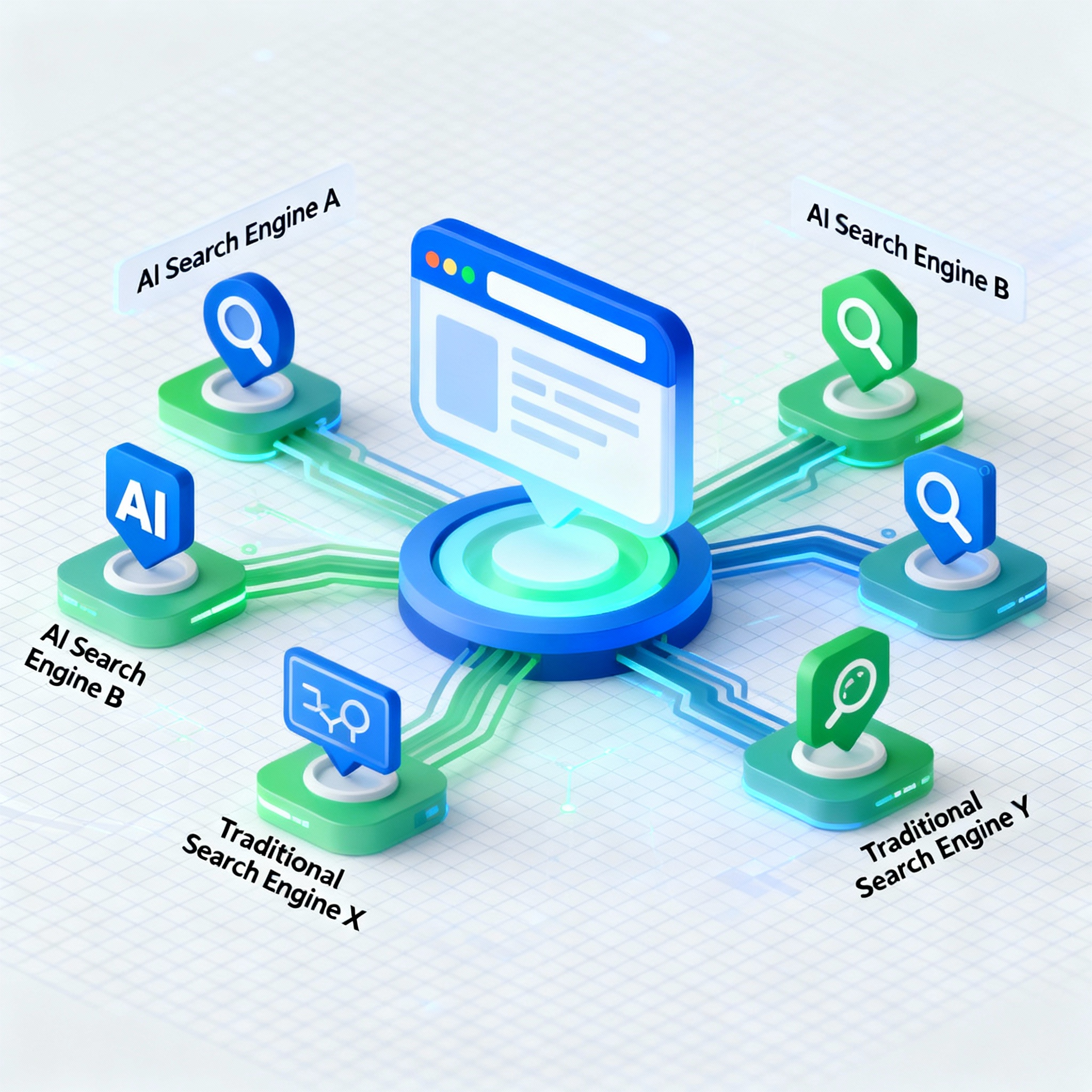Search and discovery are shifting from simple query results to conversational, AI-driven answers. That changes how content must be structured to attract both humans and large language models. In this guide you will learn what works, what to test, and how to start implementing a modern content strategy that targets AI-first distribution.
Early on, it helps to define terms. what is generative engine optimization is the practice of designing content, pages, and site structure so they are more likely to be discovered, cited, and surfaced by generative AI search engines and assistants as well as traditional search results. Think of it as SEO plus AI visibility in one cohesive approach.
Why generative engine optimization matters now
AI assistants like conversational search tools and answer engines summarize, re-rank, and even generate answers using sources across the web. If you rely only on classic keyword SEO, you may miss being included in AI summaries or snippets that drive high-quality traffic. Generative engine optimization, often abbreviated as GEO, widens your reach beyond organic listings to AI answers and chat-driven referral traffic.
The business impact
- Increased visibility in AI answers leads to more high-intent clicks and branded queries.
- Being cited by an AI assistant builds authority and often drives direct visits from users wanting the full source.
- Optimizing for AI can reduce dependency on paid channels by capturing conversational demand.
Core components of generative engine optimization
1) Clear, concise answers and entity-first structure
AI engines prefer content that answers questions directly and signals clear entities and relationships. Use short, scannable sections, explicit definitions, and structured data where appropriate. This helps models extract and summarize your content accurately.
2) Intent mapping and conversational queries
Map your content to how people ask questions to assistants. Expand your keyword research to include multi-turn prompts, follow-up questions, and persona-driven conversational queries. That means writing both anchor answers and expandable supporting sections.

3) High-quality sources and attribution signals
Generative engines prefer trustworthy sources. Use primary data, author signals, timestamps, and clear citations on-page. Add author bios and use structured markup like schema.org to mark articles, FAQs, and datasets.
4) Structured data and machine-friendly content
Schema, JSON-LD, and consistent entity markup help AI systems parse your content. Mark answers with QAPage, Article, Dataset, Product, or HowTo schema as appropriate. Machine-readable tables and named entities improve the chance your page is selected as a source.
5) Internal linking and topical hubs
Build topical clusters that guide both users and models. A tightly linked hub with pillar pages and depth signals topical expertise and gives AI systems a reliable set of sources to reference.
How to implement a GEO-ready content workflow
Step 1: Expand keyword research for conversational search
Include prompts, multi-sentence queries, and probable follow-ups. Cluster them into short-answer and long-form opportunities.
Step 2: Write layered content
Start with a 40-100 word direct answer at the top, then expand with practical examples, tables, and authoritative sources. Keep the short answer sharp so AI assistants can extract it.
Step 3: Add structured markup and metadata
Implement JSON-LD for Article and FAQ sections, include clearly labeled examples, and add machine-friendly tables when data matters.
Step 4: Monitor AI referral signals and refine
Track conversational referral traffic, changes in branded queries, and mentions in AI answer boxes. Optimize the pages that show up in summarizations with fresher content and better attribution.

Practical checklist before publishing
- Short, explicit answer within the first 1-3 paragraphs.
- Entity and topic markers in headings and first sentence.
- JSON-LD for Article, FAQ, and QAPage where relevant.
- Internal links to pillar pages and supporting posts.
- Clear author and date information.
- Example prompts and likely follow-ups written as headings.
Measuring success for generative engine optimization
Focus on new metrics and traditional signals together. Track: AI-referral traffic, increase in featured snippets or answer boxes, growth in branded conversational queries, and overall organic traffic lift. Use server logs and analytics events to capture referrals coming from assistant endpoints when possible.
Common objections and how to address them
- "AI will cannibalize our traffic" — Here's the thing, being cited by AI often increases brand-driven queries and direct visits, so you should aim to be the authoritative source rather than lose visibility.
- "We don’t have data to prove ROI" — Start with high-intent pages and run A/B tests comparing AI-optimized pages to controls, then measure referral lift and conversions.
- "It’s too technical to implement" — Begin with small wins: add short answer sections and JSON-LD to your most valuable pages, then scale.
FAQs
What is the difference between generative engine optimization and traditional SEO?
Generative engine optimization combines classic SEO foundations with additional steps tuned to AI discovery, such as explicit short answers, entity markup, and content organized for extraction by models. Traditional SEO still matters, but GEO adds machine-friendly structure and conversational mapping.
Do I need structured data for GEO?
Yes, structured data like JSON-LD helps AI systems understand and extract your content. Implement Article, FAQ, and QAPage schema where appropriate to increase pickability.
Will optimizing for AI hurt my rankings in Google web search?
No, when done correctly GEO complements traditional SEO. Short answers and better structure often improve snippet eligibility and overall organic visibility.
How do I choose which pages to optimize first?
Start with pages that already attract organic traffic or pages answering common customer questions. Prioritize high-intent content that maps to purchase or conversion behavior.
How do I track AI-driven referrals?
Use analytics segments, server logs, and referral patterns. Look for traffic spikes tied to branded conversational queries and watch for increases in direct or short-duration visits originating from AI channels.
Can small businesses benefit from GEO?
Absolutely. Small sites can capture disproportionate visibility by being clear, authoritative, and well-structured. Focus on niche topics where you can be the best answer.
How often should I refresh GEO-optimized content?
Refresh when data, pricing, or product features change, and audit high-value pages quarterly to keep answers current for assistants.
Get started with automation and scale
If you want to scale GEO work without adding headcount, consider tools that automate research, drafting, and structured data insertion. For example, Marvlus automates keyword research, writes AI- and SEO-optimized articles, inserts internal links, and publishes content so you capture organic traffic from Google, ChatGPT, Perplexity, Claude, and other engines. Learn how to automate your WordPress blog and daily publishing with Marvlus, or read examples in the Marvlus newsletter for practical playbooks and templates.
- Automate your WordPress blog with prebuilt flows and daily posts: https://marvlus.ai/automate-your-wordpress-blog/
- Explore the Marvlus home platform and integrations: https://marvlus.ai/
- Read practical agency playbooks and case studies in the newsletter: https://marvlus.ai/newsletter/
Conclusion
Generative engine optimization is not a futuristic add-on, it is a practical extension of modern SEO. Start small, measure what matters, and iterate. By writing clear answers, marking up content for machines, and mapping conversational intent, you improve the chances your pages will be surfaced by both search engines and AI assistants. If you want to accelerate adoption, automation platforms can handle research, drafting, linking, and publishing so your team focuses on unique expertise and conversions.
Next steps
- Identify three high-value pages to add short answer sections and JSON-LD.
- Add internal links to cluster those pages with a pillar hub.
- Test changes and measure AI-referral lift over 8 weeks.
Thanks for reading. If you want help automating these steps and driving organic traffic from Google and AI assistants, visit Marvlus and try a free demo today: https://marvlus.ai

